By Neenah Payne
Americans learn about American and European history --- although even that whole story is not told because we don’t learn about the profound impact of ancient Egypt, the Moors, or Native Americans. So, for most Americans, African history is a blank slate. We don’t learn anything positive about Africa other than the Egyptian pyramids. Instead, we hear only that Africa is poverty-stricken, war-torn, disease-ridden, and backwards.
So, it was a revelation for me to discover the story of the Empire of Benin from 1180-1897 AD (over 700 years) in what is now southern Nigeria. The beautiful Benin sculptures were stolen by Britain and are held by several countries. Nigeria has been fighting for several decades for their return. Britain took over the Benin Empire as part of the Scramble For Africa launched by the Berlin Conference in 1894-1895.
Britain’s desire for control over West African trade and territory led to a British invasion of Benin in 1897. The British made the kingdom part of British Nigeria which became Nigeria after the country gained independence in 1960. The descendants of Benin’s ruling dynasty still occupy the throne in Benin City although the present-day oba has only an advisory role in government. “Oba” was the name for the kings of Benin.
Benin became famous for its ivory and wood carvers. Its brass smiths and bronze casters excelled at making naturalistic heads, bas-reliefs, and other sculptures. Its stolen art had a profound impact on European artists -- including Picasso.
Benin Empire (1180-1897 AD)
The video below explains that the Empire of Benin was probably one of the most precious gems in West African history for three reasons. It was one of the longest-lasting empires. It created a mega-structure not seen anywhere else in the world. Finally, its art greatly influenced everyone who saw it.
The Edo people founded Benin. The Benin architecture was unique. The walls of Benin (9,900 miles) are the largest earth works in the world -- four times longer than the Great Wall of China -- and they consumed more material than the Great Pyramids of Egypt. Travelers called it “The Great Benin”. The art from Benin used a now-lost technique of bronze casting which was brought to Benin from Ife. The Edo people were inspired by the art of the Yoruba.
At the end of the 19th century, the British wanted to annex Benin for access to rubber trees to support their tire market. However, the Oba barred all British officials. In December 1896, James Robert Phillips, Acting Consul General for the Niger Coast Protectorate, embarked on a military expedition
Britain (and later other European nations) confiscated much of Benin art. Nigeria has fought for several decades for the return of their sacred pieces.
Western Reaction To Benin Bronzes
Western reactions to Benin bronzes
Nigeria: 'Battle Royal for Benin relics'. Headline from the Glasgow Herald, January 25 1997.
Influence of Benin’s Art On European Cubism
African Art: The First Form of Cubism
“The ‘discovery’ of African art had a catalytic effect in Picasso. In 1907 he visited the African masks and sculptures chamber at the Musèe d’Ethnographie du Trocadéro in Paris, which turned him into an avid collector and inspired him for the rest of his career….Picasso also completed the painting that later came to be considered ‘the genesis of modern art’ and the beginning of Cubism: Les Demoiselles d’Avignon.”
Picasso's African-influenced Period - 1907 to 1909
“During the early 1900s, the aesthetics of traditional African sculpture became a powerful influence among European artists who formed an avant-garde in the development of modern art. In France, Henri Matisse, Pablo Picasso, and their School of Paris friends blended the highly stylized treatment of the human figure in African sculptures with painting styles derived from the post-Impressionist works of Edouard Manet, Paul Cézanne and Paul Gauguin.
The resulting pictorial flatness, vivid color palette, and fragmented Cubist shapes helped to define early modernism. While these artists knew nothing of the original meaning and function of the West and Central African sculptures they encountered, they instantly recognized the spiritual aspect of the composition and adapted these qualities to their own efforts to move beyond the naturalism that had defined Western art since the Renaissance.
Picasso … never gave African art the credit it deserves. Throughout Picasso's work you can see references to some of the African masks he saw at the Trocadero, but rather as pale, timid caricatures, totally lacking the power of the originals -- maybe that's why Picasso always was so secretive about his African influences.
But why were cubist artists so attracted to African art? The African sophisticated abstraction of the human figure inspired and encouraged many artists at the turn of the 20th century to rebelliously break from tradition. We could even say that the enthusiasm for African masks and sculptures was the common denominator among young artists during the artistic revolution that reached its peak before WWI….
Next time you visit a museum, remember the rich legacy and enormous influence that African art has had across the global art scene. And, if you happen to stand in awe in front of a Cubist artwork, remember that just in the way the invention of Cubism shocked the Western world, African art shocked its creators.”
Books on Benin Art
Benin: Royal Art of Africa from the Museum Fur Volkerkunde, Vienna
Royal Benin Art in the Collection of the National Museum of African Art
Royal Art of Benin: The Perls Collection in the Metropolitan Museum of Art
The Brutish Museums: The Benin Bronzes, Colonial Violence and Cultural Restitution
Amazon Description
“The ancient kingdom of Benin lies in the tropical rain forest of West Africa, in present-day Nigeria. During its classical age, from the fourteenth to the nineteenth century, it produced one of the continent's most glorious artistic legacies. To reflect the splendor of the royal court, the Oba (king) commissioned highly skilled artisans to create rare and beautiful works of cast brass and carved ivory. These included human and animal figures, relief plaques, elephant tusks, pendants, bracelets, life-size commemorative heads of Obas and queen mothers, and ceremonial objects to adorn the royal palace and the altars honoring Obas of the past. The exquisite brass heads were intended to function as objects celebrating ancestors, as war trophies, and as focal points for sacrificial ceremonies.
This volume presents a superb selection of artifacts from the Museum fur Volkerkunde in Vienna, home to one of the world's foremost collections of Benin art. Most of these artifacts were acquired at the end of the last century, when the influx of Benin objects into Europe after the destruction of Benin City caused a sensation among art experts and caught the interest of museum representatives and private collectors. Of the more than one hundred works reproduced here in full color, the majority have never been seen as a group in the U.S. Most celebrated are the cast brass sculptures -- including the two figures of dwarfs -- which have no parallel in sub-Saharan Africa.
A history of the kingdom of Benin up to the British punitive expedition of 1897 provides insight into the politics and culture of one of Africa's greatest civilizations. Further chapters discuss the court hierarchy, the art of brasscasting, the art of Benin and its symbolism, and the history of the Benin Collection in Vienna. To interpret the rich symbolism in Benin art, the book furnishes detailed analyses of the works that are reproduced. In his description of myths and ritual observances, the author presents a fascinating cosmology, in which animals were assigned magical and medicinal powers, and the Oba was seen as an intermediary between the earth and the world of spirits.”
Nigeria: 'Battle Royal for Benin relics'. Headline from the Glasgow Herald, January 25 1997
The British Museum is full of stolen artifacts
Nigeria’s battle to reclaim looted Benin Bronzes
Documentary: Africa’s Looted Art
Africa's looted art | DW Documentary
“Africa’s colonial overlords brutally stripped it of countless cultural treasures. Now, the fate of these items is being hotly debated in Europe and Africa as well. Some say the pieces should be returned, while others have reservations. European museums proudly present art and cultural artifacts from all over the world. But until recently, many of them have never considered their own complicity in the brutal ways in which the pieces were acquired.
Only slowly are they starting to include the people to whose ancestors these artifacts once belonged in their decisions, although European colonial overlords pillaged and looted them in the first place. The issue of restitution is taking on a new urgency in Germany, last but not least because of the controversy surrounding Berlin's Humboldt Forum, which is home to non-European collections.
It's estimated that more than 1.5 million artifacts from all around the world are held in storage at Germany's ethnological museums. The Linden Museum in Stuttgart alone holds 60 thousand pieces from Africa. How many of them were stolen? And how do museums address the fact that their colonialist collectors had blood on their hands?
This documentary takes an African perspective on some examples, including valuable bronzes from Nigeria, an ornamental prow of a boat from Cameroon, and what is known as the Witbooi Bible from Namibia. What do the people in the African countries where the pieces originated think about all this? What are the views of researchers, museum directors, artists and curators? What emotions arise when the frequently painful past is stirred up and examined? And how significant is the issue in the context of problems such as poverty, hunger, and corruption in former colonies?”
The London History Show: The Benin Plaques
Art, Loot and Empire: The Benin Bronzes
“How did the West African artworks known as the Benin Bronzes end up in European museums? And why does it matter?”
Loot: Britain and the Benin Bronzes
“In 1897, Britain responded to the killing of a group of officials by razing an empire in Benin to the ground; it also made off with some of Africa’s greatest works of art. Today, the collection – known as the Benin Bronzes – is distributed across Europe and the US in private collections and museums, including the British Museum, but Nigeria wants them back. 'Loot', the latest book by international correspondent Barnaby Phillips, charts the quest to have them returned, but it has proven to be an even more complex dispute than you might imagine...”
Nigeria’s battle to reclaim looted Benin Bronzes
“To Nigerians, the Benin Bronzes are more than just sublime sculptures and carvings, they are spiritual diaries that tell the story of an ancient kingdom. Looted by the British, the Bronzes have become highly-charged symbols in the debate around the legacy of colonial violence. Hundreds are still held by the British Museum. Nigeria says it's been asking for them back for decades. The museum says it’s never had a formal written request. Tonight, we show the letter sent by the Benin King to Queen Elizabeth requesting their return - back in 1996. Our exclusive report starts in the heart of Benin, in the workshops of their world renowned bronze casters.”
Which Country Should Own Germany’s Art?
In the video below, Nigerian author Chimamanda Adichie speaks at a Berlin Conference on the importance of the return to Africa of African artifacts held illegally by Germany, England, France, and other European nations. Adichie’s TED Talk The Danger of A Single Story has over 31 million views.
Chimamanda Adichie | Europe Is Trying To Erase Its Brutal Colonial Past | A History Lesson In Berlin
France Returns 26 of 5,000 Stolen Artifacts
France Returns 26 Looted Artifacts and Artworks To Benin
“Twenty-six works of art seized by French colonial soldiers in 1892 returned to Benin on Wednesday, a landmark in the long fight by African countries to recover looted artifacts. The works, which include the doors of the Palace of Abomey, royal thrones and warrior dance staffs, were formally welcomed back to Benin at a ceremony presided over by President Patrice Talon.
Talon received the works from the French government in Paris on Tuesday. "This return is a testimony to what we have been, a testimony that we existed before, a testimony to what we have known," Talon said before an audience that included representatives of Benin's royal families. The artifacts will initially be housed in a museum in the city of Ouidah before being transferred to a new museum being built in Abomey, site of the royal palaces of the Kingdom of Dahomey.
The restitution is the largest France has made to a former colony, but it represents only a fraction of the 5,000 works whose return Benin is seeking and the tens of thousands of seized African works held in France. About 90% of Africa's cultural heritage is now believed to be in Europe. The Quai Branly museum alone holds some 70,000 African objects.
A 2018 report commissioned by the French government said around 46,000 of them should qualify for repatriation. That report, by Senegalese economist Felwine Sarr and French art historian Benedicte Savoy, recommended the full restitution of all objects taken by force or presumed to be acquired through inequitable conditions.
France has returned several other objects to former colonies in Africa and says it plans to continue to do so. But advocates for restitution, including Talon, have said the process has been too slow and limited in scope. Several other European museums and governments have also moved to return works of art to Africa at a time when its institutions are grappling with the cultural legacies of colonialism.
The German government announced in April that it aimed to start returning Benin Bronzes, copper alloy relief sculptures from the Kingdom of Benin, to Nigeria next year.”
Germany Agrees To Return Benin Bronzes
Germany to return Benin Bronzes to Nigeria: A new era for stolen artifacts?
OBA OF BENIN ADDRESSES THE MEDIA ON THE RETURN OF ARTIFACTS
Britain can't decide whether it should send its looted treasures back to their rightful owners
The Benin Bronzes Are Coming Home
“After years of discussion and agitation, Germany has agreed to return looted African colonial artefacts, including over 1,000 Benin Bronzes that will be repatriated to Nigeria ... 'Beyond the restitution of objects that have been stolen and exhibited in European museums, compensation must be paid. This would help Africa build proper museums to house these artifacts,' Fon Happi added. Ify James, an independent contractor, told DW, 'I think that the return of the Benin Bronzes should come with huge compensation, because it made them tons of money while they had them. The agitation is particularly strong on Facebook.'”
Washington DC’s Smithsonian is giving back all its Benin Bronzes – so why isn’t the UK?
When We Ruled: The Ancient and Mediaeval History of Black Civilisations
Neenah Payne writes for Activist Post and Natural Blaze
Image: DW News/YouTube
Subscribe to Activist Post for truth, peace, and freedom news. Follow us on SoMee, Telegram, HIVE, Flote, Minds, MeWe, Twitter, Gab, What Really Happened and GETTR.
Provide, Protect and Profit from what’s coming! Get a free issue of Counter Markets today.
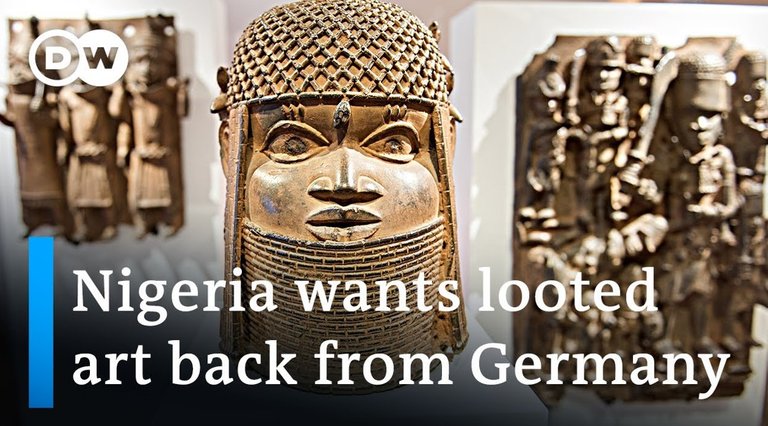
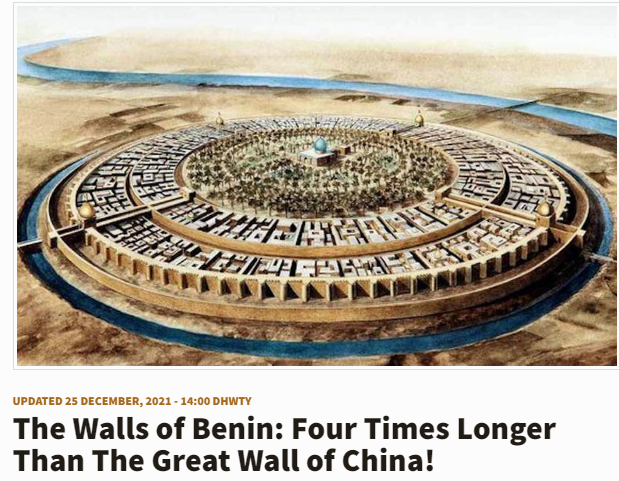
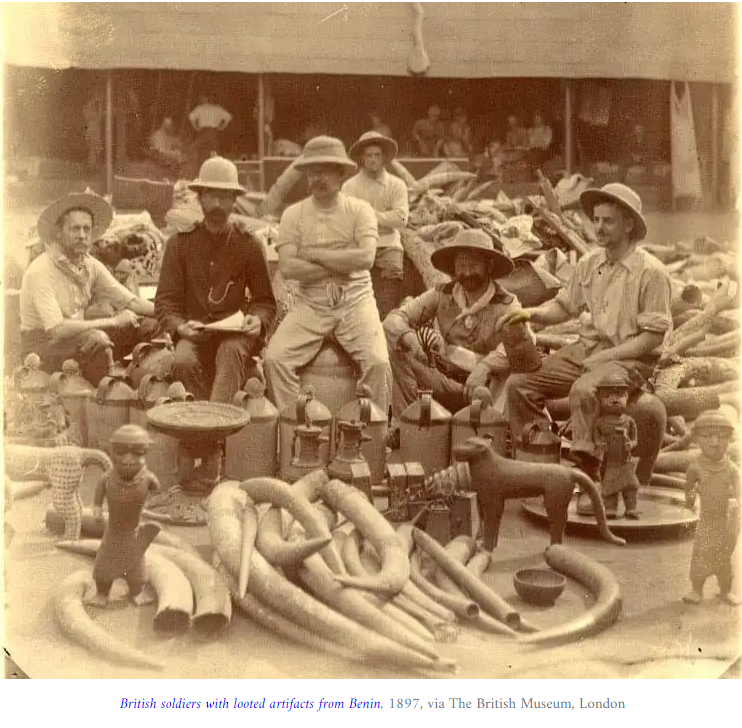
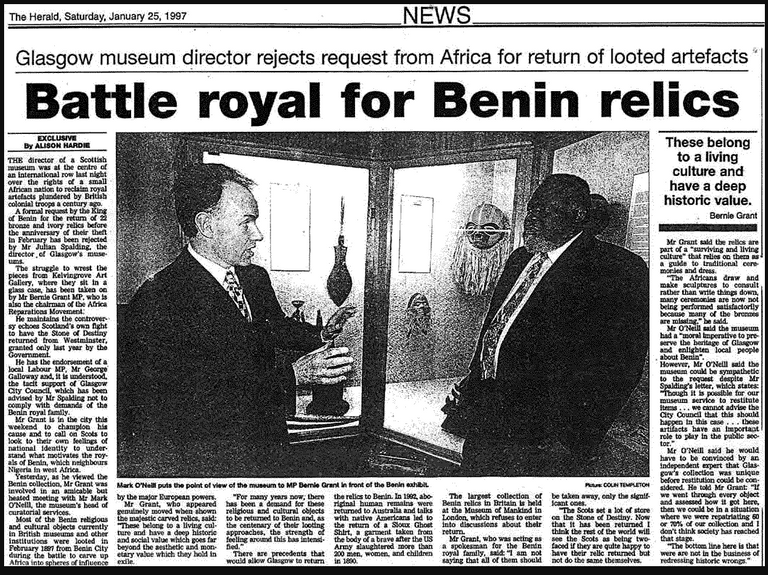
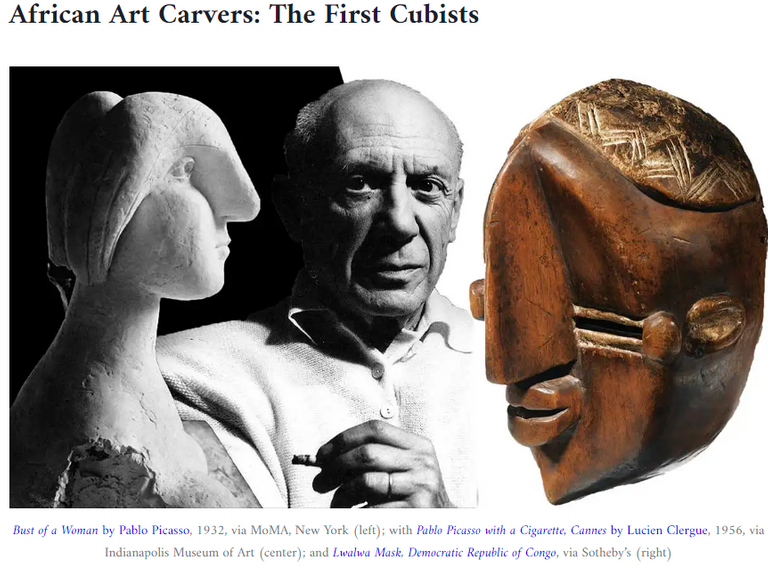
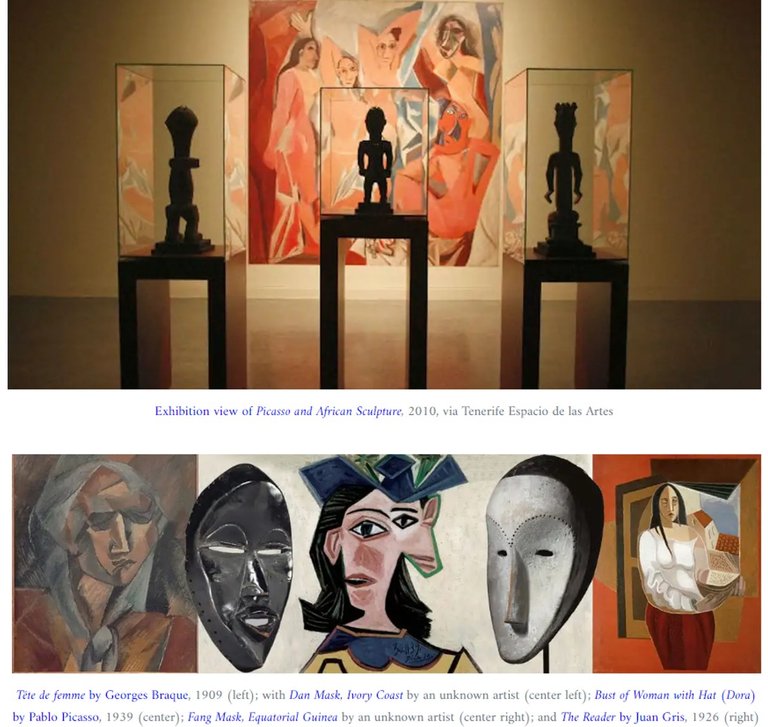

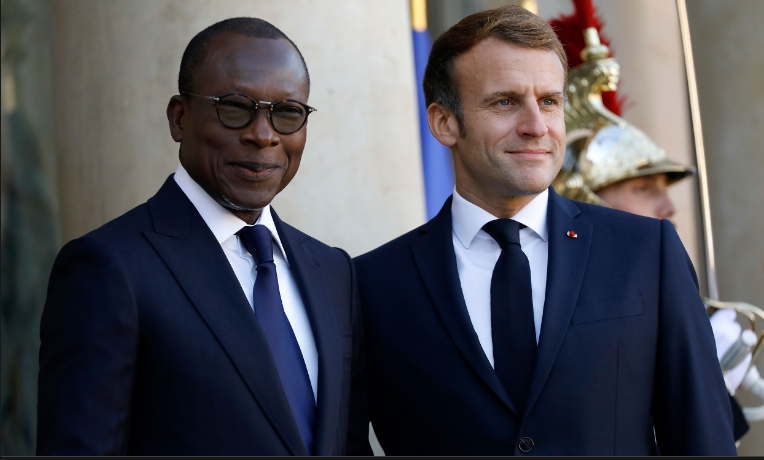


Your post is a true treasure! I am ashamed but is the first time i read or hear something about Benin kingdom! The unpleasant reality for the most European museum is that their exhibits are the result of theft, destruction and fraud! Iam from Greece and i see the arrogant stance of England not to even discuss about the return of Parthenon marble! In any case buddy, thanks for your time for this amazing post!
All thanks goes to the author who also educated me about this :-) We are certainly not learning the history and culture we should be in establishment schools. Luckily, independent researchers like Neenah are taking the time to bring awareness. Thank you again so much for your interest and your great comments!
You really have great knowledge about the history of the stolen artifacts of Benin but actually I was not told the entire story cause it is quite complicated but you certainly deserve more much for you sourcing out the story. Nice to meet you
Thank you so much for reading the article and for your very encouraging comment! We are working to learn more about the hidden wonders of African history and to share them. The world is like a smorgasbord in which many cultures have brought valuable gifts to the table which have been often overlooked. We are all richer when we know this broad range of contributions to humanity. That insight can also give us a broader range of options in devising the wisest course for the future.